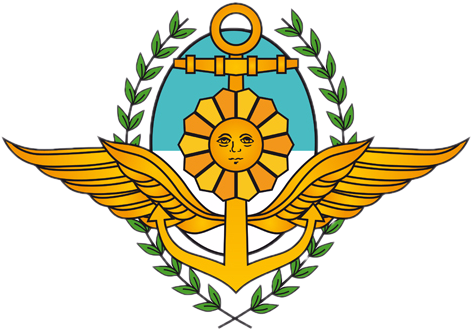- Jul 1, 2018
- 4,331
 |
OPERATION QUICK RETALIATION Classified Information |
| Operation Background |
|---|
After the french attack against Argentina, a quick reaction plan was to be set in motion until a full war plan was ready. It was decided that the argentine submarine fleet stationed in Alexandria was to immediatly prepare to set out towards the western mediteranean sea, to blockade and sink any french war vessels moving out from southern France or crossing coming in from the Atlantic. All aerial and maritime defenses were set ready and on red alert in Alexandria. SAM Systems, Radars and Coastal defences included. All personnel would be put in alert, including naval ships, Marines Stationd there and aerial units. QRF were set by the Argentine Air Force. |
| Deployed Forces |
|---|
5th Submarine Squadron Gotland-Class ARA Maipu (S622) x32 Navy Personnel ARA Suipacha (S623) x32 Navy Personnel ARA Chacabuco (S624) x32 Navy Personnel ARA San Lorenzo (S625) x32 Navy Personnel 8th Submarine Squadron Gotland-Class ARA Miguelete (S634) x32 Navy Personnel ARA Cerrito (S635) x32 Navy Personnel ARA Paranacito (S636) x32 Navy Personnel ARA Pequereque (S637) x32 Navy Personnel |
| Logistical Details |
|---|
All submarines would be fully manned, supplied and armed (carrying each a max. complement of Type 613 anti-shipping torpedos for its 533mm tubes and deployable naval mines). All submarines would be set to depart once ready, divided in 4 stages of 2 submarines each, sailing together and once in the open sea, dive to operational depth using the lessons learned during all the recent exercises and with the navigational data collected during all of them. After few hours they would separate and continue towards the final area of operations (JN) alone and in complete radio silence and in silent running to avoid detection. They would begin seeking for french targets once there. All their sensors and radars would be operating, guaranteeing a safe navigation, considering both terrain and vessels in the area (both enemy and neutral). A clear order was given to NOT disrupt or interfere with commercial maritime traffic from neutral nations. KM>JM>JN (always on international or french waters) All the present information was top secret. |
@Sumit



